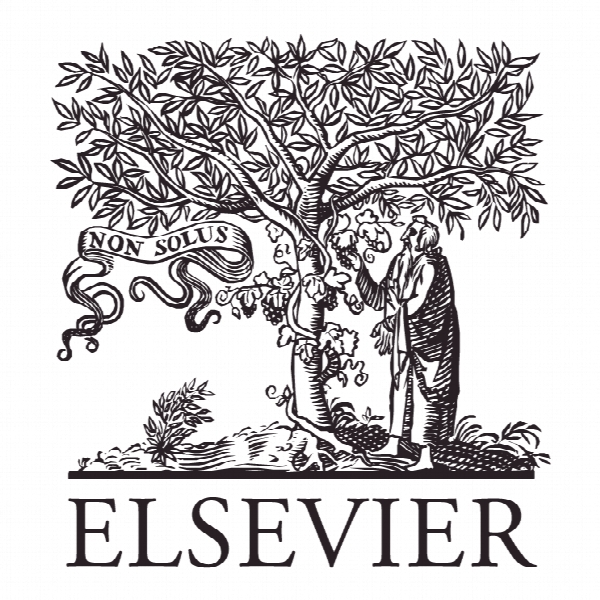کیفیت خدمات: ارزیابی عملکرد کلی برای آب و برق The quality of service: An overall performance assessment for water utilities
- نوع فایل : کتاب
- زبان : انگلیسی
- ناشر : Elsevier
- چاپ و سال / کشور: 2017
توضیحات
رشته های مرتبط مدیریت
گرایش های مرتبط مدیریت استراتژیک و مدیریت اجرایی
مجله امگا – Omega
دانشگاه لیسبون، پرتقال
نشریه نشریه الزویر
گرایش های مرتبط مدیریت استراتژیک و مدیریت اجرایی
مجله امگا – Omega
دانشگاه لیسبون، پرتقال
نشریه نشریه الزویر
Description
1. Introduction The delivery of water supply services has changed over time, distinctively across regions and actors, in order to meet the changing needs of customers, citizens and society [1, 2]. Due to their very nature, these services can be balanced based on the relation between the obligations they must fulfill, the quality offered, and the associated price/value for money, to achieve a social and economic cohesion [3]. This way even if their scope (i.e., activities included in the delivery) and organization may vary according to history and cultures of government intervention, the management of those services should follow the principles of transparency, nondiscrimination and proportionality. Since they also present an economic interest, they should be further ruled by the principles of quality, safety and affordability, equal treatment, the promotion of universal access and of user rights, independently of geographical, social or cultural situations [4]. However, generally, water supply services operate in a natural monopoly basis, requiring huge investments characterized by being long-lived and indivisible [5], and present asymmetric information among stakeholders [6]. Indeed, those features render the water services liable to poor quality of service (QS), namely to inappropriate use of resources (e.g., natural, human, and capital), insufficient cost recovery (heightened by high levels of non-revenue water), inadequate/ disrupted water supply, and poor water quality, among others [3]. Under those circumstances, benchmarking assumes a key role in the creation of incentives for efficiency and compliance with obligations [7]. This process involves a comparison of business processes and performance measures, which are usually based on the use of Performance Indicators (PI) to promote the desired virtual competition. A key point on this regulatory process based on PI is allowing for the public disclosure and discussion of results, promoting a ‘name and shame’ approach (sunshine regulation, see Marques and Simões [8]). This way, poor-performing water utilities will be motivated to improve their QS due to expected pressures on undesired performances (applied by stakeholders). The use of PI has been widely fostered worldwide [9], either from an operational perspective [10, 11], requiring an exhaustive application, or from a regulatory point of view, compelling a condensed but still comprehensive approach [12, 13]. However, from a regulatory perspective the usage of several indicators, hampered by their differences in importance, does not allow to suitably assess the problem globally. In Portugal, the water and waste services regulator (ERSAR) has successfully implemented a Performance Assessment (PA) system. However, even after a revision (reduced from 20 to 16 PI) the desired holistic QS evaluation remains to be achieved. A possible way to solve such hindrances is to aggregate PI by using some Multiple Criteria Decision Analysis (MCDA) methodologies, still, due to the nature of such methods, caution must be taken in their selection procedure, making sure that the chosen decision aiding method is adequate to the specific context [14, 15]. In related literature, there are studies that assess the suitability of particular PI to be included in the overall evaluation of water utilities [16–18]. Despite that, when considering the methods applied, such research cover applications that range from the Analytic Hierarchy Process (AHP) [19], to Goal Programming Synthetic Indicator (GPSI) or Principal Component Analysis (PCA) [20], as well as to the aggregation of criteria modelled through a ‘fuzzy related’ method [21]. The last one assumes an increased relevance as it covers the first generation of the ERSAR PA. However, there was a requirement to set the PA based on QS levels, built from characteristic reference profiles (i.e., actions), while performing a suitable evaluation [22]. Such evaluation has to intuitively allow for judgements without converting the original scales into specific abstract ones (with an arbitrary imposed unit and range), while developing a suitable classification with predefined QS categories under a non-compensatory outranking preference model [23]. The mentioned method should also be able to take imperfect knowledge into account and avoid an extensive interplay [24], acknowledging that different methods will bear distinct results [25].


